NEW YORK — Amtrak President and CEO Richard Anderson made a rare public appearance Thursday at the Skift Global 2019 Travel Industry Conference, voicing many of the themes that have defined the passenger carrier since he took charge: an emphasis on short-haul service, the “experiential” nature of long-distance trains, and the contention that Amtrak will break even in the next 12 months.
He said the company is “going to simplify to a single food car,” and that train food service has been simplified to achieve cost cuts mandated by Congress. That process has seen the elimination of onboard meal preparation on some routes in the eastern U.S., with others set to follow. [See “Analysis: ‘Evolving’ menu on tap for all Amtrak eastern overnighters,” Trains News Wire, Sept. 17, 2019.]
With short-haul markets such as Milwaukee-Chicago unprofitable for airlines, Anderson — who spent 25 years in the airline industry as Northwest and Delta airlines — said Amtrak needs to build passenger revenue in those markets. As millennials expand urban population, Amtrak will take over a greater share of air/rail volume in these markets. He noted that rail travel accounts for 75 percent of total air/rail travel between Washington D.C. and New York City; with 95% of ridership going 300 miles or less, he felt that was the best area to concentrate in.
Anderson cited the Chicago-Seattle Empire Builder in discussing long-haul operations, saying that connecting the smaller communities along its route is a political concern and that the subsidy of $150 per passenger contravenes the current business model. He believes Amtrak’s future includes five to 10 “experiential” long-haul trains along the lines of VIA Rail Canada’s cross-country Canadian.
Other points from Anderson’s presentation:
— Compliance with the Americans with Disabilities Act is essential for growth, he said, a concern reflected in the design of the next-generation Acela Express trains, which will have no traditional doors between cars, helping mobility-challenged travelers. The company is also pursuing the possibility of having high-level platforms at all stations to achieve full compliance.
— He said Amtrak should receive a greater, fair share of subsidies to maintain its system, given that the highways receive $50 billion and airlines receive $3 billion. Improvements of the tunnels to New York and Baltimore, and New Jersey’s aging Portal Bridge, need to be part of the passenger railroad’s future.
— Amtrak’s Thruway bus connections bring in $100 million in revenue, he said, and play an important role in bringing underserved parts of the country with no train service into the Amtrak network.
— The yield management systems now in place are ensuring more diverse fares and promotions to increase revenues on existing trains.
In closing, Anderson was asked by one attendee about his top three priorities.
“Our first priority,” he said, “is safe, reliable operations.
“Second, we need a prioritization around that core infrastructure.
“Third, the importance of making sure that funding is well over a long period of time. Our responsibility is to be good stewards of the asset and to make sure that we are delivering projects on time, on budget.”
— Updated at 9:15 a.m. on Sept. 20 to restore lost text at beginning of article.





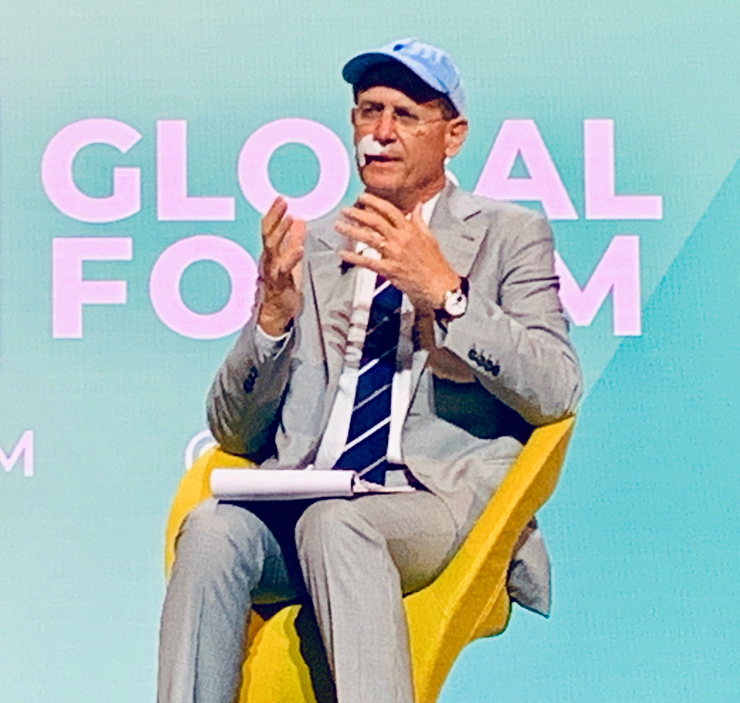

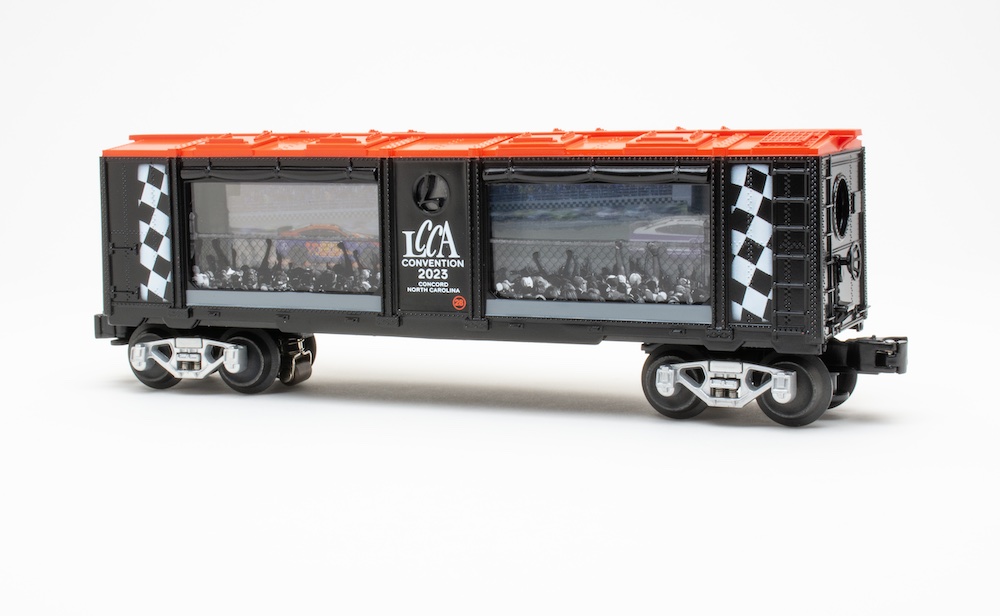
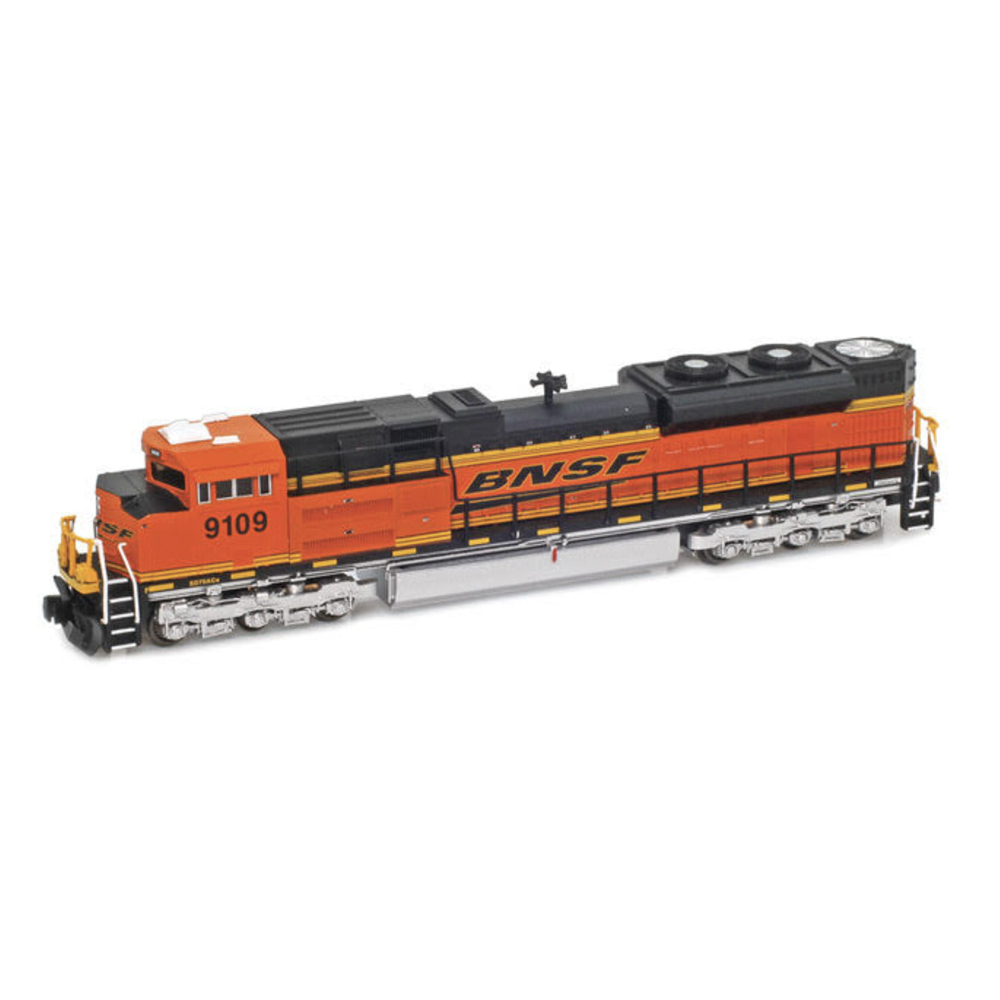
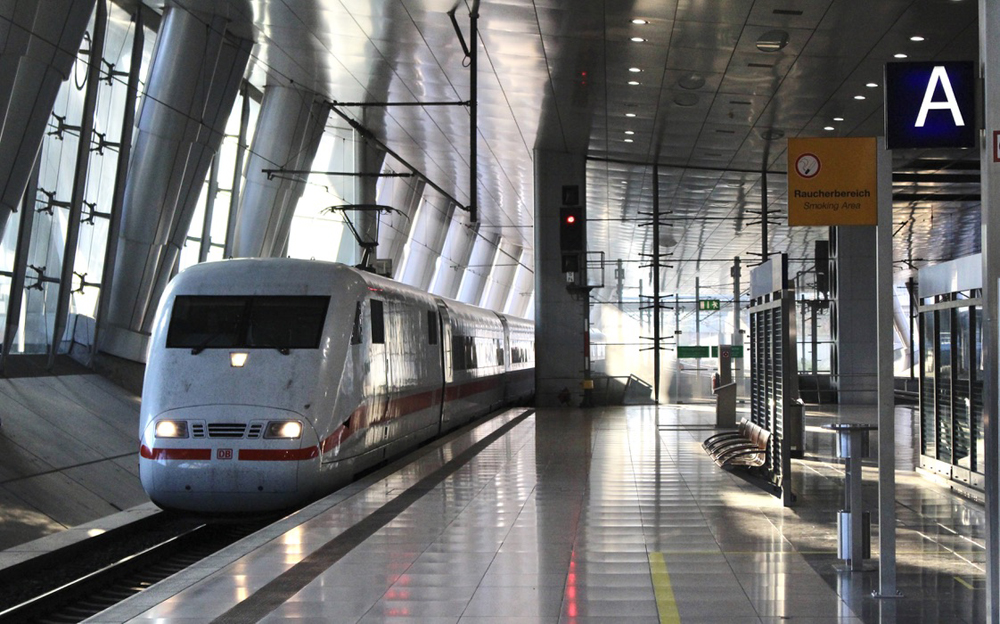
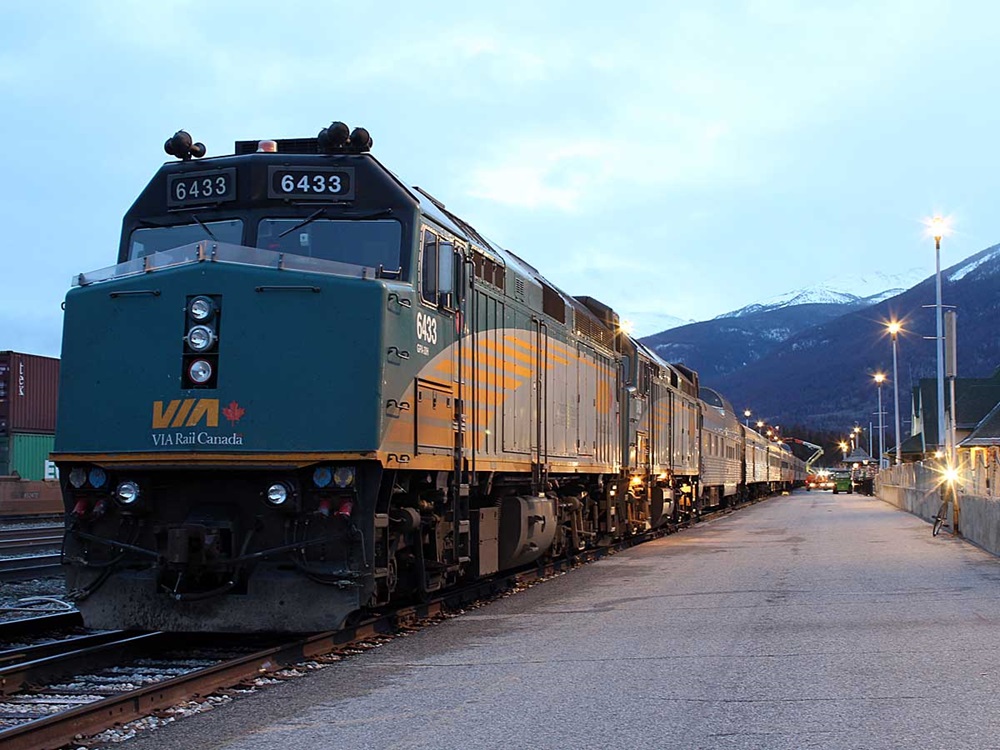




I read the Washington Post article and very good, never thought about new generation not being comfortable sitting and talking to strangers. It’s always been part of train travel since I was a kid with my parents, and fun to find out something about the others on the train. But this new generation will be out eating and have their eyes glued to cell phones instead of talking to others, maybe they are texting each other, who knows, but not the way I roll.
He makes it sound good, but in reality we can read between the lines. Short hauls are not the only reason Amtrak was created but to serve communities across the country, not just urban centers or NEC. It is the National Passenger Rail Service and we all know how well the state subsidies can work-NOT. Look at Hoosier State, lost IN funding and is gone. I rode the final northbound trip with local railfan group and there were a lot of people at the stations and riding the train, they wanted to keep it going but could not. The experience of riding trains is not at all like flying, there’s a certain spirit among the passengers, we are usually all there because we want to be and enjoy meeting and talking to each other, especially in the diner. No herding of cattle like planes seem to be today.
The Washington Post had a good article regarding AMTRAK dining cars.
https://www.msn.com/en-us/travel/news/the-end-of-an-american-tradition-the-amtrak-dining-car/ar-AAHE3Xs?ocid=spartandhp
Anderson removal of on board food preparation on the Crescent is bent on removing one of the last things that make train train travel enjoyable!
Hope Amtrak doesn’t copy that nut crusher yellow chair.
Who’s he to be touting corridors as Amtrak’s future when any corridors developed are up to the state(s) to initiate & legislate funding under PRIIA. Amtrak’s Mission Statement is to operate a NATIONAL passenger rail network not just fragmented corridors. Amtrak fails to encourage any expansion due to their exorbitant start-up cost quotes, that on top of charges assessed by the RR’s for track improvements for new service no wonder there is no takers. The only corridor Mr. Anderson cares about is the NE corridor as far as he is concerned that should be the extent of Amtrak compliments of the American taxpayer. The next Amtrak re-authorization should bring the NEC under PRIIA being it comes well within the criteria. This gut just continues to prove he’s “full of it”.
Gee, he could channel the last years COSF and bring back the automat car.
Did he forget to wipe the shaving cream off of his face? I think he’s wearing a “Fire Anderson” hat!
Anderson of course likes the short haul runs. For those trains, he counts as “revenue” the subsidy that the states must make in which the trains run. Less federal dollars are therefore required for these trains, which makes him look good as a CEO. AMTRAK may break even with regard to the federal subsidy, but will ignore the state subsidy required to keep these short haul trains alive.
“He said Amtrak should receive a greater, fair share of subsidies to maintain its system, given that the highways receive $50 billion and airlines receive $3 billion.” With that statement he just showed how over subsidized Amtrak really is on a per passenger basis. I like Anderson. With the exception of David Gunn I think he is the best president in Amtrak’s history. But, he should be careful of what he says. Both the highways and airlines receive larger subsidies in total but because Amtrak carries so few passengers theirs is the highest on a per passenger basis. The airlines when you add it all up are not even subsidized.
You may convienently transfer between the train and the plane at the Burbank Airport. The station, located on the Surfliner Route, is about 100 yards from the terminal via enclosed walkway, which crosses over the four lane road between them. Soon Metrolink will open a station on their line to Lancaster, which is on other side of the terminal. Both rail lines meet immediately SE of the airport.
Also, BART serves the International terminal at SFO; a transfer to the airport people mover is required to reach the domestic terminals.
Portland’s airport connects to their light rail. DIA has a dedicated rail connection to Denver Union Station.
But alas most airports were built on the edges of cities, long after railroads had arrived into downtown.
JEFFREY – You are half right. Transit has a big role at airports (Cleveland, Boston, Chicago, many others), even in the USA. Amtrak not so much because of less frequencies and need for transfer to a remote station not at the air terminal. For example, Amtrak’s Milwaukee Airport station has little to do with aviation but is in reality a much needed, much appreciated south-side park ride.
Anderson has to go!
More effort needs to be made to make Amtrak a viable option for the “last leg of the trip” of long-distance airline passengers, i.e. travelers fly cross county from big airport to big airport and take the train to the final destination. BWI has an Amtrak station, Washington National is linked to Alexandria via Metro. St. Louis Union Station is connected to Lambert IAP via MetroLink.